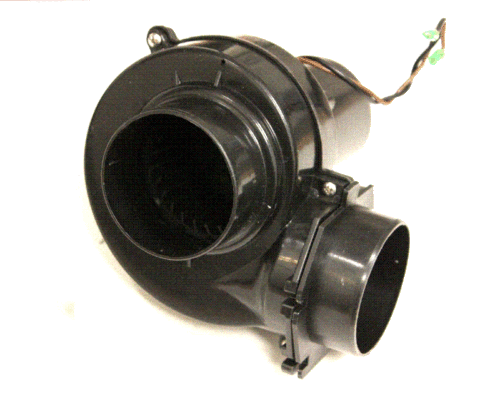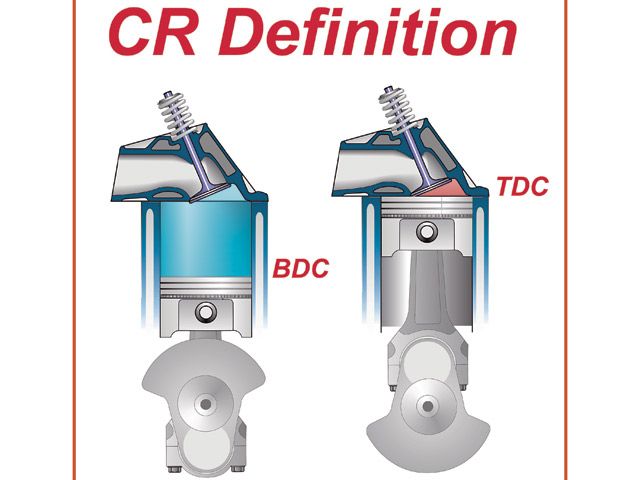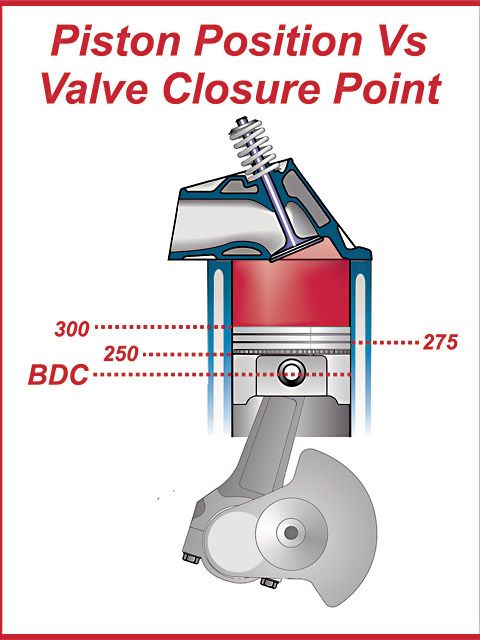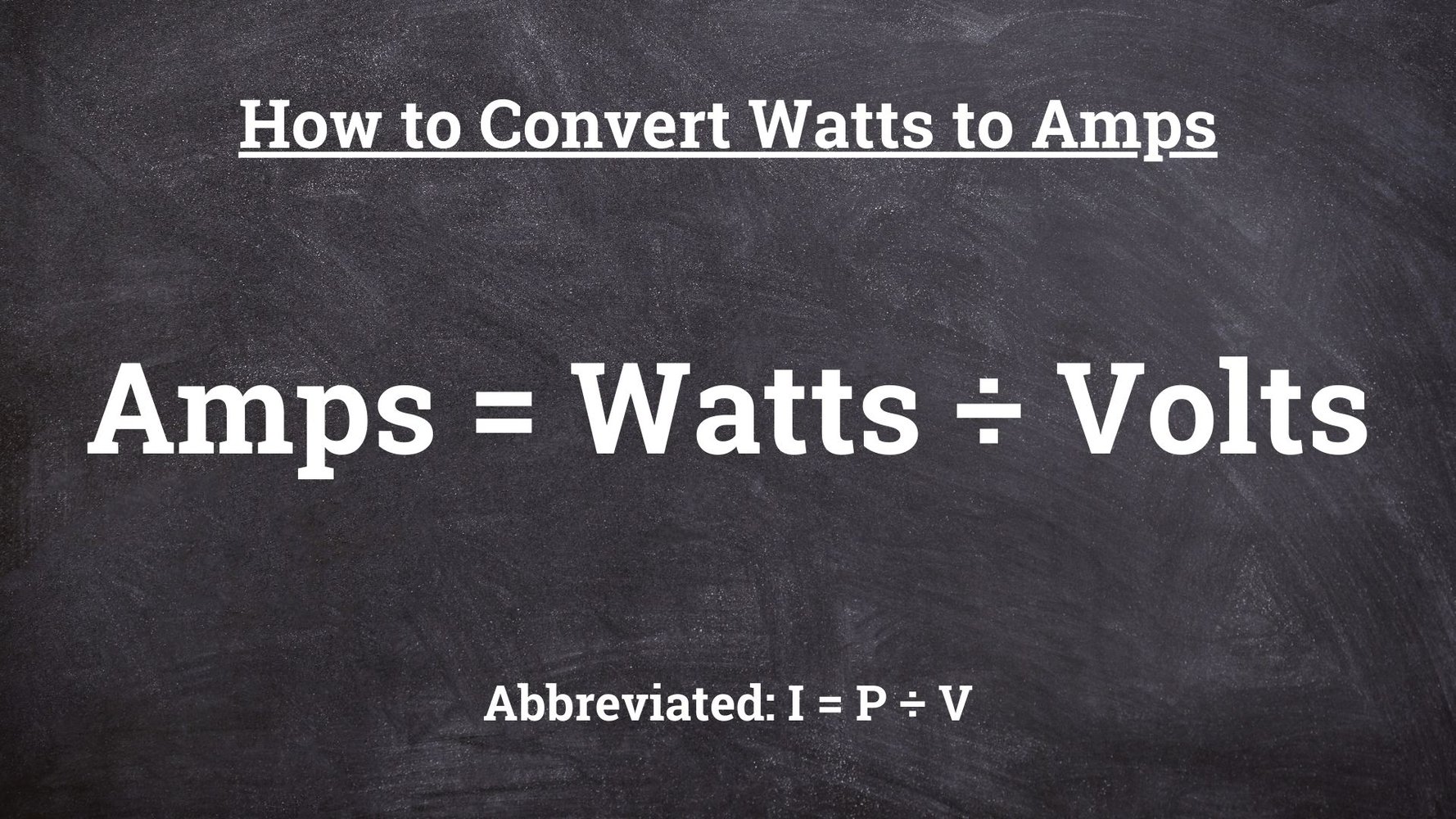here is the perfect turbo for all you cheapskates, that are TOTALLY clueless about how engines work
and whats required to produce effective boost on a running engine
http://cgi.ebay.com/ebaymotors/HIGH-QUALITY-ELECTRIC-SUPERCHARGER-UNIVERSAL-TURBO-HP-/220840726782?pt=Motors_Car_Truck_Parts_Accessories&fits=Model:Corvette&hash=item336b2210fe
http://www.j-body.org/forums/read.php?f ... 1&t=113561
http://www.amazon.com/Air-Intake-Superc ... 6432768-20
http://www.vintagebus.com/howto/e-ram/
http://autospeed.com/A_110827/cms/article.html
 [/quote]
[/quote]
OH YEAH! a bilge evac fan is going to be a REALLY effective power adder. NOT!
theres always scams and this is one!
anyone dumb enough to buy and install one, expecting a big boost in hp deserves the wasted expense and result, at least the twin leaf blowers ive seen used on a different carm, have a slight chance of SLIGHTLY increasing air flow rates, the bilge fans hopeless
ILL SAVE YOU THE TROUBLE BEFORE YOU ASK,ITS 99% TOTAL B.S.
look any first year physics class will quickly point out that it takes more electrical potential than any cars altenator can provide to power an electrical motor thats able to provide the necessary boost in intake manifold pressure levels that would result in a decent power gain, of more than a couple hp on a 350 cubic inch v8, naturally someone always points out that leaf blower on the honda 4 cylinder,
well the results on an engine 5 times that size will be less than 1/5 as good at best ( making it almost basically TOTALLY useless past 2000-3000rpm, where engine consumption easily runs away from the leaf blower out put, as far as building effective additional manifold pressure goes)
"QUOTE
Many Electric Superchargers advertised on the internet are in fact marine bilge fans or similar blowers that do much the same job. These are designed to ventilate confined spaces which they do well though unfortunately they do not make good automotive superchargers. Bilge blowers and their like mostly lack any form of diffuser (not required by and slightly detrimental to their intended function) which means they do not generate pressure efficiently (if at all). A diffuser is a static set of vanes arranged closely around the rotating compression wheel that allows a pressure wave to build up on their leading edges. Pressure can only be developed when there is a resistance to air flow and a diffuser provides that resistance without being too much of an impediment. You can think of it as a sort of one way valve that allows air pressure to build up in a moving column of air. Without an increase in pressure a supercharger is likely to be next to useless and shouldn't be called a supercharger at all. Another reason that bilge blowers do not make good superchargers is they simply are not powerful enough. Most are rated between 50W and 200W which is far below the minimum power that our testing indicates. Other similar advertised electric superchargers employ ducted fans as used in model aircraft. Technically these are axial impellers and would require a set of stator vanes to fill the same function as a diffuser in radial compressors if they are intended to produce an increase in air pressure. Ducted fans are usually designed to produce a high velocity air stream, eg to create thrust in a model aircraft. An increase in pressure requires a reduction of velocity in a moving column of air (pressure and velocity are inversely proportional) so these types of fans do not have a stator and are not designed to produce pressure. The very best of these bilge blower and fan type 'superchargers' may be of some benefit but the majority are a waste of time and money"
and whats required to produce effective boost on a running engine
http://cgi.ebay.com/ebaymotors/HIGH-QUALITY-ELECTRIC-SUPERCHARGER-UNIVERSAL-TURBO-HP-/220840726782?pt=Motors_Car_Truck_Parts_Accessories&fits=Model:Corvette&hash=item336b2210fe
http://www.j-body.org/forums/read.php?f ... 1&t=113561
http://www.amazon.com/Air-Intake-Superc ... 6432768-20
http://www.vintagebus.com/howto/e-ram/
http://autospeed.com/A_110827/cms/article.html

OH YEAH! a bilge evac fan is going to be a REALLY effective power adder. NOT!
theres always scams and this is one!
anyone dumb enough to buy and install one, expecting a big boost in hp deserves the wasted expense and result, at least the twin leaf blowers ive seen used on a different carm, have a slight chance of SLIGHTLY increasing air flow rates, the bilge fans hopeless
ILL SAVE YOU THE TROUBLE BEFORE YOU ASK,ITS 99% TOTAL B.S.
look any first year physics class will quickly point out that it takes more electrical potential than any cars altenator can provide to power an electrical motor thats able to provide the necessary boost in intake manifold pressure levels that would result in a decent power gain, of more than a couple hp on a 350 cubic inch v8, naturally someone always points out that leaf blower on the honda 4 cylinder,
well the results on an engine 5 times that size will be less than 1/5 as good at best ( making it almost basically TOTALLY useless past 2000-3000rpm, where engine consumption easily runs away from the leaf blower out put, as far as building effective additional manifold pressure goes)
"QUOTE
Many Electric Superchargers advertised on the internet are in fact marine bilge fans or similar blowers that do much the same job. These are designed to ventilate confined spaces which they do well though unfortunately they do not make good automotive superchargers. Bilge blowers and their like mostly lack any form of diffuser (not required by and slightly detrimental to their intended function) which means they do not generate pressure efficiently (if at all). A diffuser is a static set of vanes arranged closely around the rotating compression wheel that allows a pressure wave to build up on their leading edges. Pressure can only be developed when there is a resistance to air flow and a diffuser provides that resistance without being too much of an impediment. You can think of it as a sort of one way valve that allows air pressure to build up in a moving column of air. Without an increase in pressure a supercharger is likely to be next to useless and shouldn't be called a supercharger at all. Another reason that bilge blowers do not make good superchargers is they simply are not powerful enough. Most are rated between 50W and 200W which is far below the minimum power that our testing indicates. Other similar advertised electric superchargers employ ducted fans as used in model aircraft. Technically these are axial impellers and would require a set of stator vanes to fill the same function as a diffuser in radial compressors if they are intended to produce an increase in air pressure. Ducted fans are usually designed to produce a high velocity air stream, eg to create thrust in a model aircraft. An increase in pressure requires a reduction of velocity in a moving column of air (pressure and velocity are inversely proportional) so these types of fans do not have a stator and are not designed to produce pressure. The very best of these bilge blower and fan type 'superchargers' may be of some benefit but the majority are a waste of time and money"
Last edited by a moderator:




